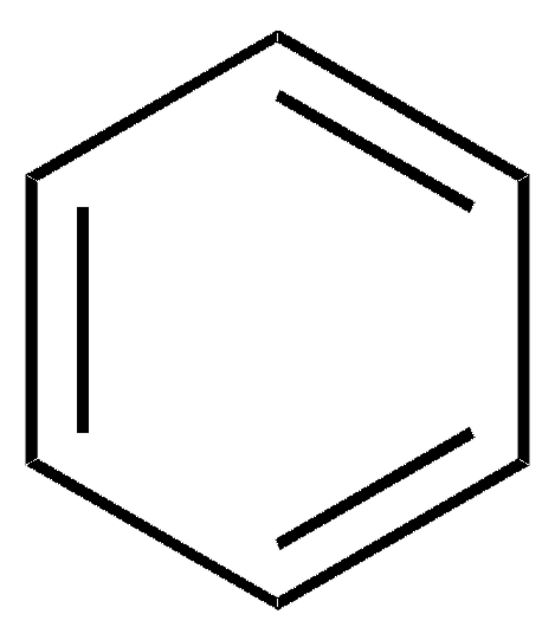317195
p-Xylene
suitable for HPLC, ≥99%
Synonym(s):
1,4-Dimethylbenzene
About This Item
Recommended Products
vapor density
3.7 (vs air)
Quality Level
vapor pressure
9 mmHg ( 20 °C)
Assay
≥99%
form
liquid
autoignition temp.
984 °F
expl. lim.
7 %
technique(s)
HPLC: suitable
impurities
<0.030% water
evapn. residue
<0.0005%
refractive index
n20/D 1.495 (lit.)
bp
138 °C (lit.)
mp
12-13 °C (lit.)
solubility
water: soluble 0.2 g/L
density
0.861 g/mL at 20 °C (lit.)
λ
H2O reference
UV absorption
λ: 294 nm Amax: 1.00
λ: 320 nm Amax: 0.10
λ: 350 nm Amax: 0.05
λ: 380-400 nm Amax: 0.01
application(s)
food and beverages
SMILES string
Cc1ccc(C)cc1
InChI
1S/C8H10/c1-7-3-5-8(2)6-4-7/h3-6H,1-2H3
InChI key
URLKBWYHVLBVBO-UHFFFAOYSA-N
Looking for similar products? Visit Product Comparison Guide
Application
- Measurements of relative distribution constants of vaporized hydrocarbons between air and polydimethylsiloxane via capillary columns for the calculation of headspace hydrocarbon compositions.: This research demonstrates the use of p-Xylene in gas chromatography to measure the distribution constants of hydrocarbons, crucial for accurate environmental and chemical analysis (Kim & Yu, 2020).
- Mutagenic atmospheres resulting from the photooxidation of aromatic hydrocarbon and NO(x) mixtures.: This article explores the mutagenic potential of atmospheric p-Xylene under photooxidation conditions, providing insights into air quality and health-related impacts (Riedel et al., 2018).
Signal Word
Danger
Hazard Statements
Precautionary Statements
Hazard Classifications
Acute Tox. 4 Dermal - Acute Tox. 4 Inhalation - Aquatic Chronic 3 - Asp. Tox. 1 - Eye Irrit. 2 - Flam. Liq. 3 - Skin Irrit. 2 - STOT SE 3
Target Organs
Respiratory system
Storage Class Code
3 - Flammable liquids
WGK
WGK 2
Flash Point(F)
80.6 °F - closed cup
Flash Point(C)
27 °C - closed cup
Certificates of Analysis (COA)
Search for Certificates of Analysis (COA) by entering the products Lot/Batch Number. Lot and Batch Numbers can be found on a product’s label following the words ‘Lot’ or ‘Batch’.
Already Own This Product?
Find documentation for the products that you have recently purchased in the Document Library.
Customers Also Viewed
Our team of scientists has experience in all areas of research including Life Science, Material Science, Chemical Synthesis, Chromatography, Analytical and many others.
Contact Technical Service









